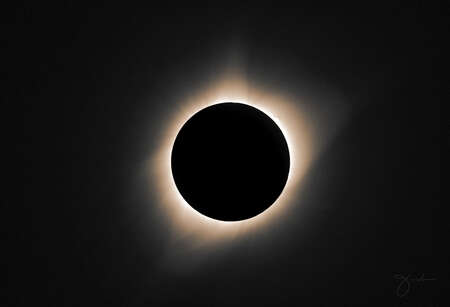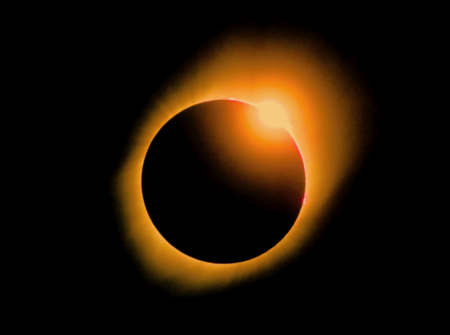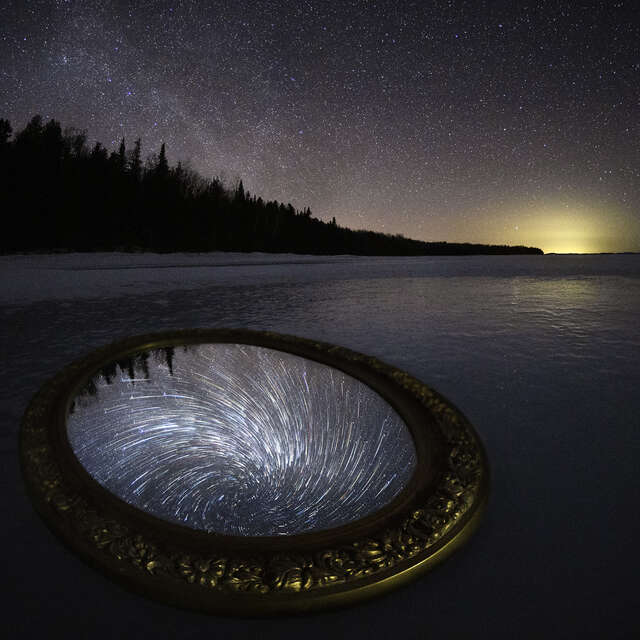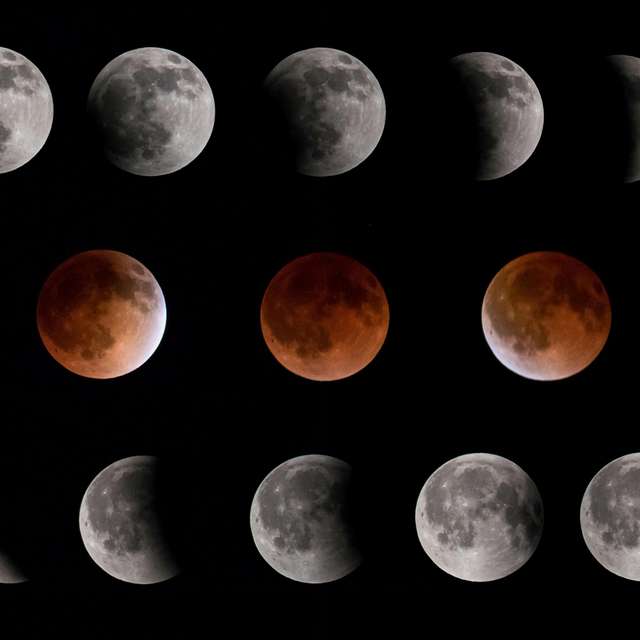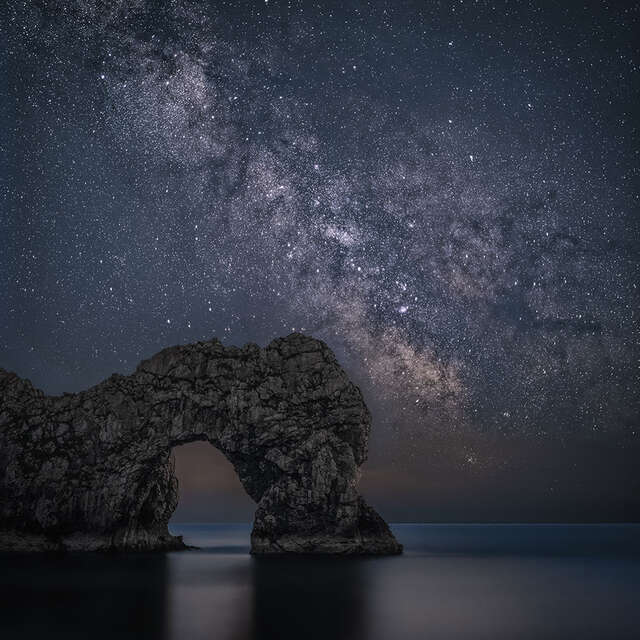While photographing a solar eclipse can be an exciting and breathtaking experience, it can also present some unique challenges due to the power of the sun's light and the timing of the event.
When preparing to photograph the eclipse, make sure to have adequate eye protection. Even during an eclipse, looking directly at the sun can cause permanent eye damage. Use solar viewing glasses or a solar filter on your camera lens to protect both your eyes and your camera's image sensor. The OM SYSTEM lineup of cameras are Mirrorless. This means that they make use of an Electronic Viewfinder and are a safe way to view the eclipse through your camera’s EVF while also using a solar filter.
Below are seven helpful tips designed to help capture spectacular images of a solar eclipse:
Invest In The Proper Equipment
To capture the details of a solar eclipse, you'll need some specialized equipment. An OM SYSTEM camera such as the OM-5 or the OM-1 Mark II would be a perfect choice. A telephoto lens with a solar filter is also essential to zoom in close on the sun and capture all of its phases during the eclipse. Some great options from OM SYSTEM are the M. Zuiko 150-600mm F5.0-6.3 IS Lens or the M. Zuiko 300mm f4 PRO IS Lens. A nice budget option would be the M. Zuiko 75-300mm f4.8-6.7 lens.
Make sure to purchase the right filter size for your lens.
Get Yourself A Sturdy Tripod
Though the OM SYSTEM lineup of cameras have the finest 5-axis image stabilization, when photographing the eclipse, a sturdy tripod will help stabilize your images, especially during longer exposures. Don’t forget to turn off the IBIS when setup on a tripod.
Focus
Manually focusing your lens and getting it set to infinity is going to be the best way to grab accurate focus.
After placing the solar filter onto your lens, focus on the sun and look for sunspots. If no sunspots are visible, then focus on the solar limb (edge).
Practice Correct Exposure Settings
Finding the correct exposure settings are crucial for capturing clear images of the eclipse. Practice your exposure settings in advance of the event. Capture a series of photos of the sun (mid-day is best). Then use the best settings the day of the eclipse as a starting point.
First, place a solar filter over your lens, then set your camera’s ISO to 200. This can be adjusted, but 200 is a great starting point. After selecting Spot metering in your Super Control Panel, turn your mode dial to M (Manual Mode). Settle on an aperture of f5.6-f8 and a shutter speed between 1/1500-1/30 (this will vary).
Since the sun's brightness can change rapidly during an eclipse, be prepared to make quick adjustments to your settings as needed. Aim for a balanced exposure by utilizing your cameras built-in histogram. On the day of the eclipse, use the best exposure found while also adjusting as needed for the changing light. You may also want to bracket your images. Make sure to capture the occasion in RAW format so that you will have the best quality images saved.
What About Totality?
Totality is when, for a few minutes, it will be completely safe to remove your solar filter and capture this amazing and breathtaking sight! During totality, the dynamic range is immense, select an aperture and bracket your shutter speed throughout the event. When completed, don’t forget to once again place your solar filter back onto your lens in order to capture the rest of the show.
Experiment and Plan Your Composition
Even though the eclipse itself will be the main focus of your photos, don’t forget about composition. Consider including other elements such as the landscape, buildings, or people in your shots to add some context and also some scale. Experiment with some different perspectives to create visually compelling images that add to the the story of the eclipse. For an image that includes the landscape, lenses such as the M. Zuiko 12-100mm f4 IS PRO or the M. Zuiko 40-150mm f2.8 PRO may be a good choice.
Be Patient and Plan Ahead
Solar eclipses are uncommon events, so it's essential to plan ahead and scout out your prime location in advance. Consider factors such as possible obstructions, weather conditions, and the timing of the eclipse in your area. Make sure to arrive early in order to set up your equipment and familiarize yourself with your surroundings.
*Remember, safety should always be your top priority when photographing a solar eclipse. With careful planning and the right photographic techniques, you can capture breathtaking images of this spectacular celestial event.
ABOUT MIKE AMICO
Instagram: @mikeamico
Always having a creative passion for the arts, Mike Amico entered the Photography industry as both a trainer and a salesman. This is where he has spent the past twenty-four years of his life, observing many changes in both camera technology and processes. Through his wide range of subject matter, Mike enjoys teaching others about the art of photography and his process in order to help others to achieve a better understanding of the craft. Mike is a Technical Account Manager for OM-Digital Solutions Corporation representing the OM SYSTEM Micro 4/3 line of cameras.
